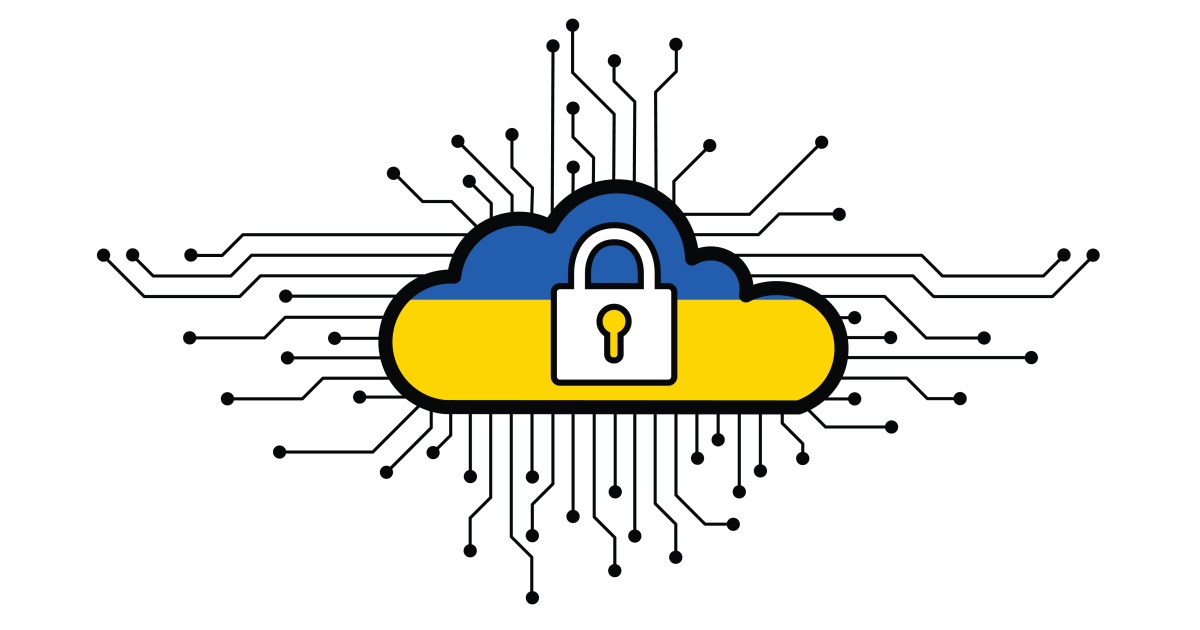
As much as digital transformation is helping businesses become more efficient and agile, it also comes a potentially damaging side effect – a rapid, and severe resurgence in cybercrime. Cybercriminals are leveraging the variety of networks, devices and applications used today to grow their attacks in volume, speed, and sophistication, allowing them to wreak havoc, not just within the business world, but amid global conflict as well.
Eighty-five percent of all current malware is spread via web browsers, costing organizations an average of $3.2M. Furthermore, these types of attacks can be leveraged to deliver anything from zero-day attacks, to ransomware, cryptominers and other malicious browser-executable code, making them among the hardest to prepare for and defend against.
Luckily, in a modern-day digital world where technology creates problems, it can also help create solutions. Businesses are already leveraging smart cyber security solutions that help bolster their technological defense, and as more solutions become increasingly available, citizens will be able to better defend themselves from attackers lying in digital shadows.
Recently, DefensX, developer of zero-trust cybersecurity applications, announced a partnership with lifecell, a Ukrainian telecommunications operator providing mobile communication and data transfer services based on high-speed Internet, to provide next-level protection against growing, web-borne cyber-attacks.
“We are proud to bring an array of solutions to lifecell as digital attacks continue to rise in war torn Ukraine,” said Halis Osman Erkan, founder and CEO of DefensX which is a platform designed for service providers, enabling effective, easy to install and manage, and cost-effective browser-based, pure cloud cyber protection at a fraction of the price of legacy solutions. “Given our complimentary architectures and shared vision for cloud and internet-based communications applications, DefensX and lifecell are a perfect fit especially as cloud telco digital transformation accelerates.”
Eighty percent of cyber attacks involve web browsers, and DefensX Secure Web Browser protects individuals and organizations from being infected by malware on malicious web sites, phishing attacks designed to steal credentials, and increasingly sophisticated Adware. Adware is a type of malware that displays unwanted advertisements on smartphones and computers, commonly activated unknowingly when users are trying to install legitimate applications that Adware is bundled with.
The DefensX Secure Web Browser made by lifecell is available to all its subscribers who seek privacy and protection of their personal data on the Internet. DefensX can be activated in minutes on one to five devices using a USSD code or SMS.
Subscribers of lifecell simply start using the DefensX browser, which identifies malicious web sites and blocks accessing these sites to protect individuals and businesses from various types of web threats.
Specific features include:
Zero Trust Web Protection
There are many risky websites on the internet, and subscribers may find themselves visiting one of the malicious websites without knowing what is waiting for them there. DefensX identifies malicious web sites and blocks accessing these sites to protect users from various types of web threats.
Zero Trust Credentials Protection
Phishing attacks pretending to be legitimate websites trick end-users into entering their username/password to steal valuable, personal, and sensitive data. DefensX uses Artificial Intelligence to identify phishing web pages and prevents users from entering their passwords, stopping cyber criminals in their tracks.
ADware Protection
DefensX detects potential ADware attack surfaces within web pages and removes those risk elements in the web pages. DefensX not only protects end-users and businesses from harmful ADware but does so without slowing down or otherwise preventing a smooth user experience.
“DefensX also brings lifecell an immediate solution addressing the alarming growth of zero-day attacks, so much so that we refer to our solution as zero-hour,” Erkan said. “Our phishing protection/credential protection feature has AI capabilities that can detect computer-software vulnerabilities previously unknown to those who need real time mediation, including providers of the target software. Until the vulnerability is mitigated, hackers can exploit it to adversely affect programs, data, additional computers, or a network, leading to potentially severely damaging devices, networks, and applications.”
According to SaaS Alerts, 2022 saw a 61% increase in the rate of phishing attacks, a number all industry analysts expect to grow even further this year.
Equally troubling, the report found a 29% increase in the number of guest user accounts, which can have access to sensitive data and open access points for bad actors. Of the over 979,840 SaaS accounts monitored by SaaS Alerts in 2022, 54% were from guest user accounts versus licensed users.
Adware alone accounts for 48% of all malware. When adware reaches smartphones, without proper protection it can unlock access not only to a single end-user while potentially providing easy access to corporate information and systems.
Microsoft shared in a recent report that cyber attackers "have begun using advancements in automation, cloud infrastructure and remote access technologies to attack a wider set of targets." They highlighted an increase in sophistication and a shift to targeting the IT services supply chain.
In September 2022, Microsoft confirmed that two unpatched zero days were being actively exploited again in attacks against its Exchange Server software.
"While zero-day vulnerability attacks tend to initially target a limited set of organizations, they are quickly adopted into the larger threat actor ecosystem," Microsoft wrote in the report. "This kicks off a race for threat actors to exploit the vulnerability as widely as possible before their potential targets install patches."
Edited by
Erik Linask